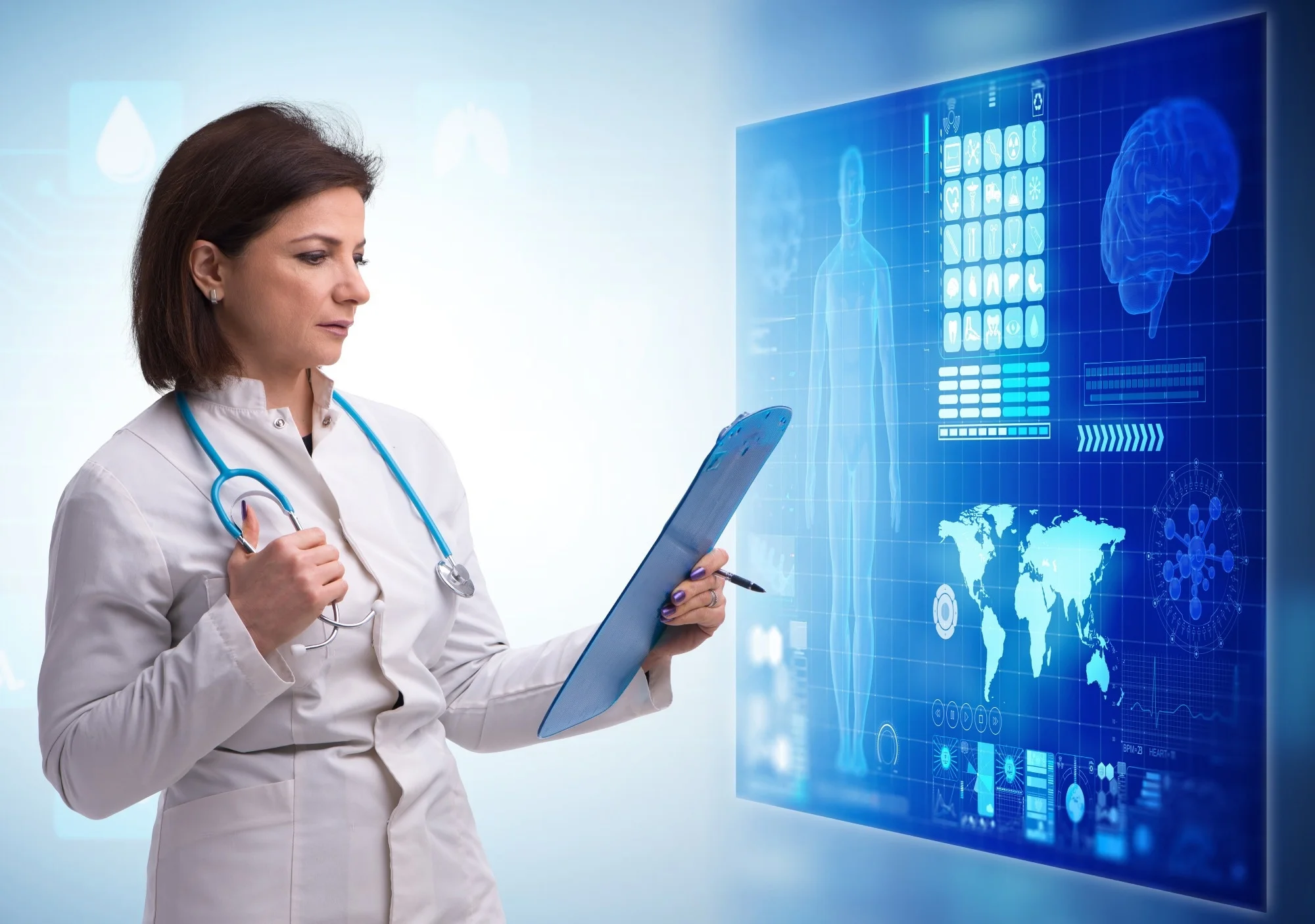Introduction to Remotepatientmonitoring
Remotepatientmonitoring has become a cornerstone of modern healthcare, enabling providers to track patient health outside traditional clinical settings. By leveraging advanced technologies, healthcare professionals can monitor vital signs, manage chronic conditions, and provide timely interventions. Remotepatientmonitoring not only enhances patient outcomes but also improves efficiency within clinics and hospitals. For providers seeking to adopt these innovations, understanding the essential tools is critical.
Key Benefits of Remotepatientmonitoring
Implementing remotepatientmonitoring tools offers several advantages. Providers can detect early signs of complications, reducing hospital readmissions and emergency visits. Remotepatientmonitoring fosters proactive care by continuously collecting patient data and analyzing trends. Patients also experience improved engagement and satisfaction, as they can participate actively in their healthcare journey. With remotepatientmonitoring, clinicians can make data-driven decisions and tailor treatments to individual needs, optimizing healthcare delivery.
Wearable Devices for Remotepatientmonitoring
One of the most impactful remotepatientmonitoring tools is wearable devices. These include smartwatches, fitness trackers, and specialized medical wearables that track heart rate, blood pressure, glucose levels, and more. Wearables provide continuous real-time data, allowing providers to identify changes in patient conditions promptly. Integrating wearable data with electronic health records enhances the efficiency of remotepatientmonitoring, ensuring providers have a comprehensive view of patient health.
Remote Vital Signs Monitoring
Remote vital signs monitoring devices are essential for effective remotepatientmonitoring. These tools measure parameters such as blood pressure, pulse, oxygen saturation, and temperature. Devices can be connected to patient smartphones or clinic systems, transmitting data securely to providers. Regular monitoring of vital signs through remotepatientmonitoring enables early detection of potential health issues and supports chronic disease management.
Mobile Health Applications
Mobile health applications play a significant role in remotepatientmonitoring. These apps allow patients to log symptoms, medication adherence, and lifestyle habits, while providers receive real-time updates. Many mobile applications also feature reminders, educational content, and communication tools for patient engagement. By incorporating mobile apps, healthcare providers can enhance the effectiveness of remotepatientmonitoring programs and maintain continuous patient oversight.
Telehealth Integration with Remotepatientmonitoring
Telehealth platforms complement remotepatientmonitoring tools by enabling virtual consultations. Providers can review collected data, discuss health concerns, and adjust treatment plans without requiring in-person visits. Combining telehealth with remotepatientmonitoring streamlines patient management, reduces travel burdens, and increases access to care, particularly for patients in remote or underserved areas.
Cloud-Based Analytics for Remotepatientmonitoring
Advanced cloud-based analytics systems support remotepatientmonitoring by organizing and analyzing large volumes of patient data. These platforms can detect patterns, generate alerts, and provide predictive insights. Providers can leverage analytics to identify high-risk patients, adjust care plans, and improve clinical outcomes. Cloud solutions ensure that remotepatientmonitoring remains scalable, secure, and efficient.
Patient Engagement Tools
Patient engagement is a vital component of successful remotepatientmonitoring programs. Tools such as educational portals, feedback systems, and secure messaging enhance patient participation. Engaged patients are more likely to adhere to treatment plans, report symptoms accurately, and maintain healthy behaviors. Integrating engagement tools with remotepatientmonitoring ensures a holistic approach to patient care.
Remote Medication Management
Medication adherence is critical in chronic disease management, and remotepatientmonitoring tools help track and manage it effectively. Smart pillboxes, automated reminders, and digital tracking systems allow providers to monitor patient compliance. By combining medication management with other remotepatientmonitoring tools, clinicians can identify gaps in care and intervene promptly to prevent complications.
Choosing the Right Remotepatientmonitoring Tools
Selecting the right remotepatientmonitoring tools requires evaluating the specific needs of your patient population. Providers should consider device accuracy, ease of use, integration with existing systems, and data security. Ensuring interoperability among wearables, mobile apps, and electronic health records is essential for seamless data collection and analysis. Providers must also consider regulatory compliance to safeguard patient privacy while implementing remotepatientmonitoring.
Conclusion
Remotepatientmonitoring tools are transforming how healthcare providers manage patient care. From wearable devices and mobile applications to cloud analytics and telehealth integration, these tools enhance patient outcomes, improve efficiency, and enable proactive healthcare. Providers who embrace remotepatientmonitoring can deliver personalized care, detect health issues early, and engage patients in meaningful ways. Understanding and implementing these tools is vital for modern healthcare delivery and represents a significant step toward more effective, patient-centered care.
